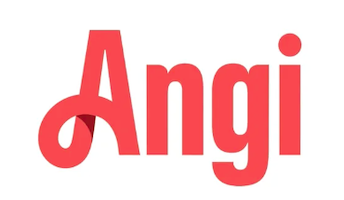
Ceiling fans are one of the most underrated ways to increase home comfort and cut energy costs. By improving air circulation and working in conjunction with your HVAC system, ceiling fans and energy efficiency are truly a perfect combination. They offer a practical, eco-friendly way to maintain your comfort in hot weather while reducing strain on your AC—helping you avoid unnecessary air conditioning repair.
In this blog, the experts at Superior Comfort Systems break down how ceiling fans can improve your comfort while saving you money thanks to increased HVAC efficiency. We'll also offer some HVAC efficiency tips that make the most of ceiling fans.
Comfort vs. Temperature: The Effect of the Wind-Chill Effect Indoors
Ceiling fans don’t actually change the room’s temperature—they make you feel cooler by moving air over your skin. This is known as the wind-chill effect, and it can make a room feel up to 4 degrees cooler without lowering the thermostat. That means you stay comfortable and enjoy the benefits of indoor air circulation from your ceiling fan while using less AC—helping reduce your electric bill in summer.
The Best of Both: Advantages of Pairing Fans and Air Conditioning Together
There are several upsides to using ceiling fans and air conditioning at the same time, especially during the warmer months. By combining both, you boost HVAC efficiency and keep your home cooler with less effort from your cooling system.
Top perks of using ceiling fans and AC together:
- Ceiling fans help lower HVAC load by moving cool air more evenly throughout rooms in your home. Decreasing HVAC stress is important, because it can prevent a breakdown that could lead to premature AC or furnace installation.
- Using ceiling fans enhances comfort by eliminating hot spots and improving air movement.
- Combining ceiling fans and AC can lower your utility usage. If you have a home automation system, you can even adjust your smart thermostat settings to set the temperature higher while your ceiling fan is running.
Clockwise vs. Counterclockwise Ceiling Fan Rotation: Which is the Correct Direction?
To make full use of your ceiling fans year-round, it’s important to make sure the blades rotate in the right direction for the season. The direction impacts how air moves, which can either make you feel cooler or redistribute heat so you feel warmer.
When to rotate ceiling fans counterclockwise
When it's hot outside, ceiling fans should turn counterclockwise at a faster setting. This creates a breeze that forces cool air down, increasing the wind-chill effect and making you feel cooler.
When to spin ceiling fans clockwise
When it's cold out, set your fan to turn clockwise on a low speed. This lifts cooler air and circulates heated air down to where you can feel it, helping you feel warmer without adjusting your thermostat.
Things to Look for in a Ceiling Fan
Selecting the best ceiling fan depends on a few important details, such as blade design, airflow rating and room dimensions. First, look for fans that have a good blend of ECFM airflow and blade pitch to provide efficient air movement in your home:
- ECFM is how much air a fan circulates—the cubic feet per minute, or CFM—per watt of electricity consumed. Fans with greater ECFM are more energy efficient.
- Blade pitch is the incline of the blades. A sharper blade pitch moves more air but can also stress the fan’s motor.
Also, consider room size when sizing a ceiling fan—a fan that’s too small won’t move as much air as you'd like, while one that’s too large may be too strong for the space.
Boost Your HVAC Efficiency With the Team from Superior Comfort Systems
At Superior Comfort Systems, our HVAC technicians can help you enjoy year-round comfort while minimizing wear on your heating and cooling systems. From energy-saving ceiling fan tips and air conditioning installation to smart thermostats and furnace repair, we offer comprehensive services that work with your budget. Reserve your appointment by calling 828-492-3596 today.

